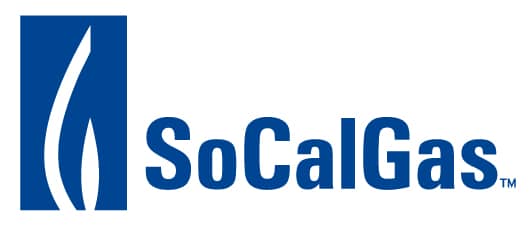
Reach net zero greenhouse gas emissions by 2030 using feasible technologies to remove emissions in an amount which equals or exceeds IBM’s residual emissions. Aim for residual emissions of 350,000 metric tons of CO2 equivalent or less by 2030, which 90 percent of IBM’s electricity coming from renewable sources.
Not applicable.
This target achieves a rate of reduction that equals or exceeds what scientific recommendations from the UN Intergovernmental Panel on Climate Change (IPCC) indicate is necessary to limit Earth’s warming to 1.5 degrees Celsius above pre-industrial levels.
IBM plans to achieve its GHG emissions targets by continuing our focus on energy conservation and operational efficiency and increasing our purchases of renewable electricity to reduce our GHG emissions to the lowest feasible quantity, and then we anticipate to use carbon removal solutions and other feasible technologies to remove emissions in an amount which equals or exceeds IBM’s residual emissions.
To that end, IBM also has the following related and supporting targets in place:
We challenge ourselves by:
Energy conservation is a basic pillar of our GHG emissions reduction targets. From 1990 through 2022, IBM has conserved 10 million megawatt-hours of energy – equivalent to more than triple IBM’s 2022 annual energy consumption – saving $680 million and avoiding 4.6 million metric tons of CO2e. Therefore, it is a strategy that reduces emissions, improves operational efficiency and saves money. In addition, for a company like IBM switching from conventional to renewable electricity procurement has the largest effect on GHG emissions reduction, since the majority of our energy consumption is in the form of electricity.
We anticipate the most challenging operational change will be associated to drastically reducing our Scope 1 emissions from the use of fuels in operations, including for heating and transportation. This will require transformational change and investment in infrastructure and assets to use low-carbon sources of energy, e.g. electrification. In addition, direct air carbon removal technologies are still in development. Even though for both aspects of our strategy mentioned here technologies exist, these are not feasible to be deployed at scale for an organization the size of IBM.
We challenge ourselves by:
IBM publishes performance on a vast range of environmental areas, including energy consumption, energy conservation, renewable electricity consumption, waste and water conservation, biodiversity programs, supply chain engagement programs, product energy efficiency and solutions that find applicability in helping clients improve their own environmental performance – among other areas. For more information, please visit: https://www.ibm.com/impact



Schedule a call with us to receive a free demo of the Net-Zero Portal and learn how we can support your organization’s net-zero goals.
Website by SeriousOtters